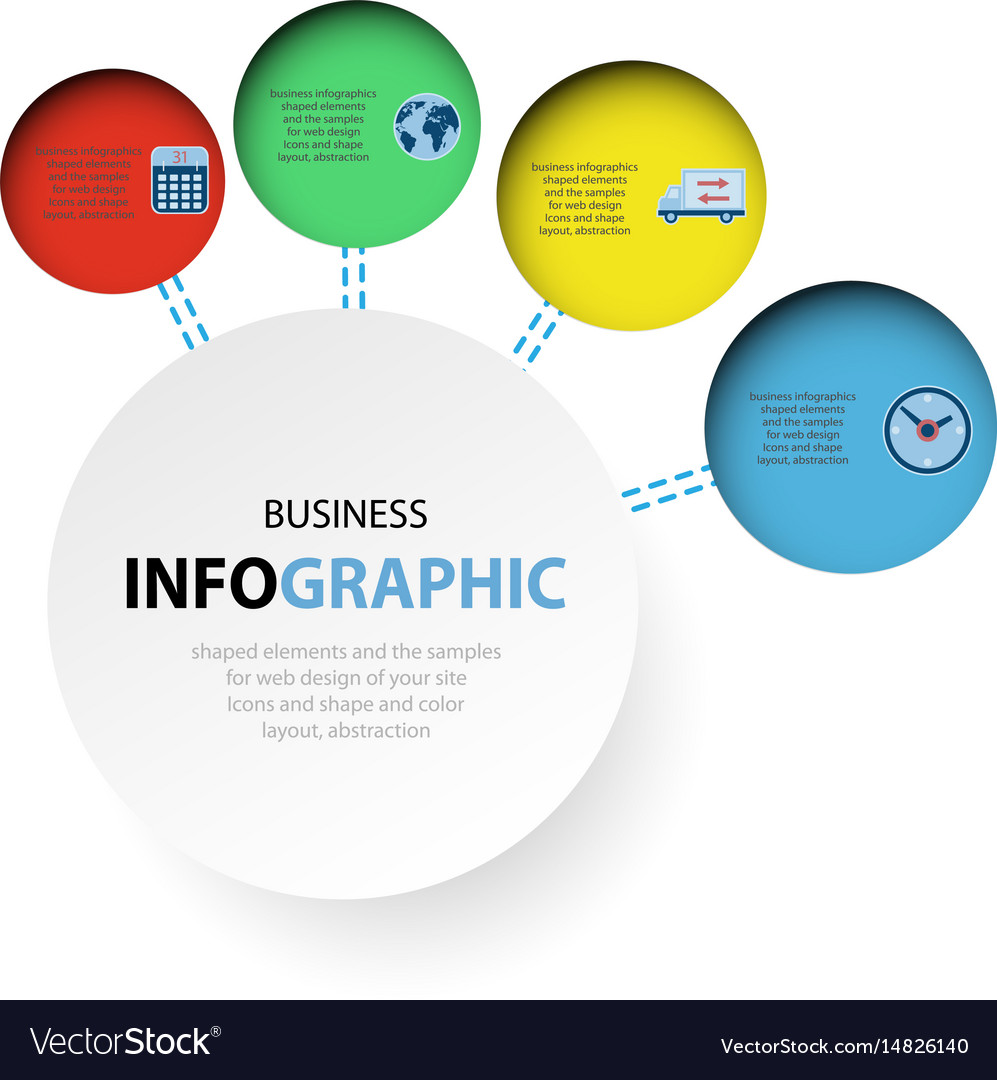Core Concepts Of Site Layout: Recommendations For Crafting A User-Friendly Online Presence
Core Concepts Of Site Layout: Recommendations For Crafting A User-Friendly Online Presence
Blog Article
Write-Up Produced By-Christophersen Skinner
When it pertains to web site design, making certain user-friendliness is vital. From receptive layout to structured navigation, every element plays a vital function in creating a website that accommodates your target market's needs. Yet what regarding the finer details that can make or damage a user's surfing experience? Keep tuned as we uncover some often-overlooked pointers that can raise your website's functionality to the next degree, making it genuinely stand out in the digital landscape.
Relevance of Responsive Style
Receptive style is a critical facet of modern-day site growth. Guaranteeing your web site is receptive ways that it can adapt to various display dimensions and gadgets, providing a seamless experience for individuals.
With the enhancing use mobile phones and tablet computers to access the internet, having a receptive layout is necessary for reaching a broader audience. It aids in enhancing user experience by making your web site easy to browse and read on any type of tool.
Furthermore, receptive layout can favorably influence your online search engine rankings, as online search engine like Google prioritize mobile-friendly web sites. By having a receptive layout, you're also future-proofing your web site, as brand-new devices with varying display sizes remain to arise.
Simplify Navigation Framework
To boost customer experience and promote very easy accessibility to details on your website, improving the navigation structure is critical. When designing your site, concentrate on developing a clear and user-friendly navigation food selection that aids visitors locate what they're searching for quickly.
Restriction the variety of menu things to the essentials, grouping relevant pages together to stay clear of overwhelming individuals. Usage descriptive labels that clearly suggest the material of each page, making it simpler for individuals to recognize where each link will certainly take them.
Think about applying dropdown food selections for subcategories to stop cluttering the major navigation bar. Additionally, consist of a search bar prominently on the web page for individuals that choose looking for specific info.
Prioritize mobile responsiveness in your navigating layout to ensure easy access on all devices.
Optimize Web Page Lots Rate
Improving web page load rate is vital for retaining site visitors on your internet site. Slow-loading pages frustrate individuals and can lead to high bounce rates. To enhance page load speed, begin by maximizing images. Compress images without jeopardizing quality to lower their file sizes.
Furthermore, enable browser caching to save regularly accessed resources in your area, quickening tons times for returning site visitors. just click the next webpage , JavaScript, and HTML documents by eliminating unneeded characters, comments, and formatting, improving lots speed.
Consider using a material shipment network (CDN) to distribute your web site's material across numerous servers worldwide, reducing latency for users accessing your site from different places. Finally, limit using third-party manuscripts and plugins, as they can substantially impact tons times.
Verdict
In conclusion, by including receptive design, simplifying navigation, and enhancing page load rate, you can create a straightforward website that appeals to a broader target market and improves user experience. These essential elements guarantee that site visitors can easily accessibility and browse your site throughout different tools, resulting in increased interaction and satisfaction. By focusing on these vital elements, you can construct a successful site that maintains customers coming back for even more.
